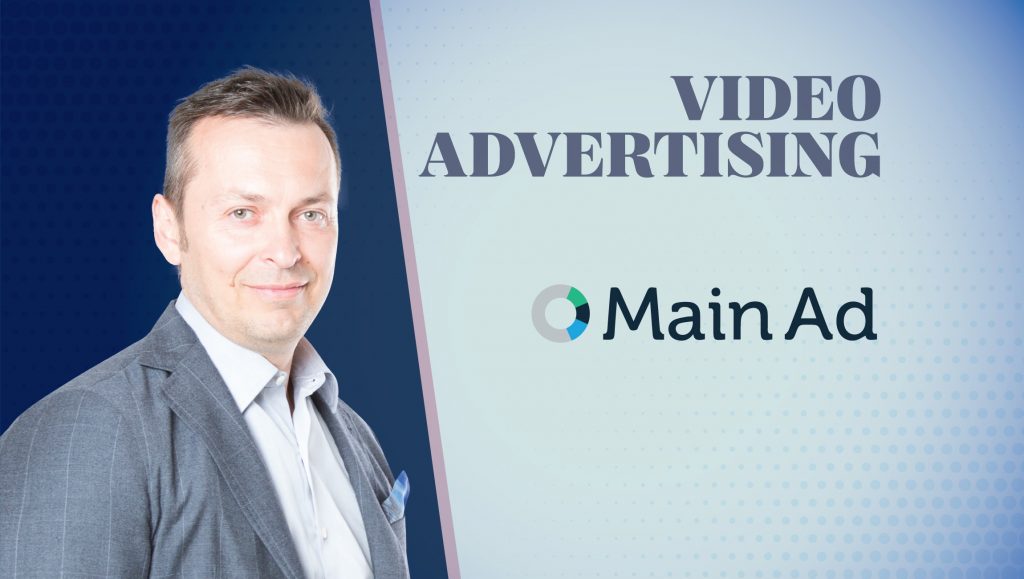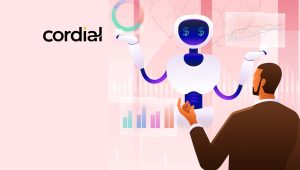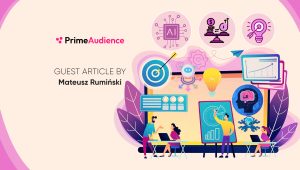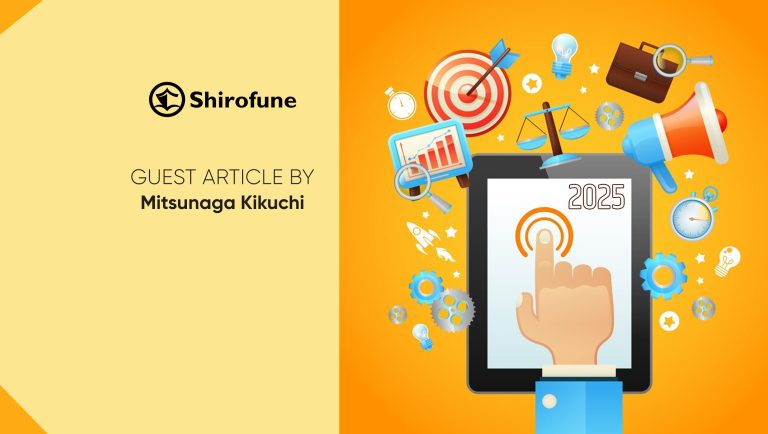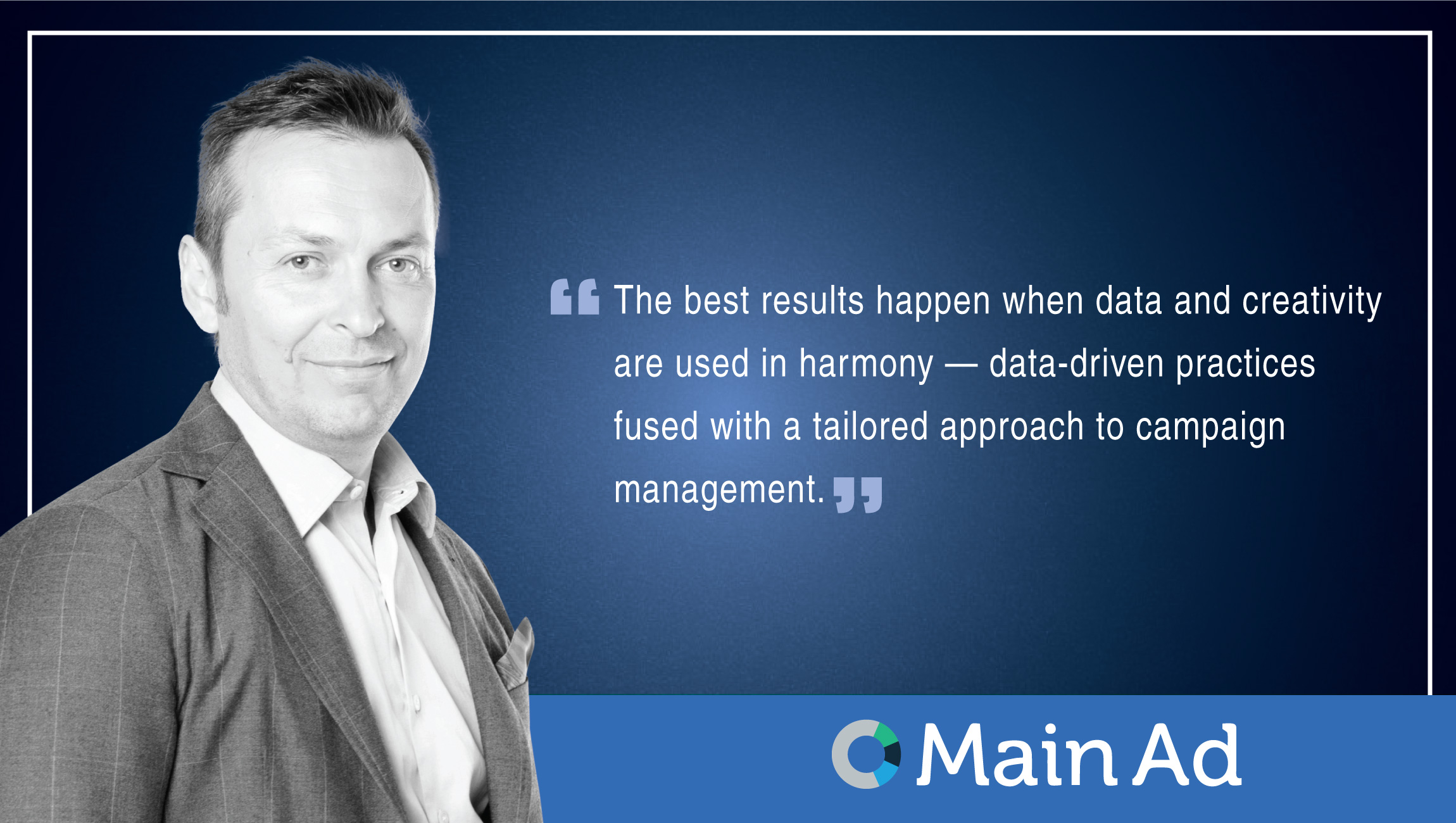
What was the most impactful event/moment of the year for you (specific to your industry and expertise)?
The growth of header bidding. This meant that most SSPs moved traffic from first-price to second-price auctions, and had a major impact on the industry.
We responded by completely changing our campaign optimization strategy to focus more on maximum rather than minimum spending. The result is that publishers get the highest price for their inventory and advertisers gain more transparency around how much they are spending on impressions.
We last spoke to MainAd in August 2017. What developments have you seen in the ad tech space in the past year?
The most significant change is the increased role of Artificial Intelligence (AI). In 2017, AI-enabled technology was only just starting to gain traction but rising calls from marketers for fast access to actionable data has driven greater adoption across the industry. In particular, there is a growing focus on leveraging subsets such as Machine Learning (ML) to improve campaign performance, with smart tools making informed decisions about ad targeting.
Simultaneously, we have also seen a rising awareness of the need for responsible data usage. After enforcement of the General Data Protection Regulation (GDPR), tech platforms are striving to balance robust privacy rules with demand for personalized advertising options. And with the California data act also on its way, keeping data safe is now crucial.
What do you see as the key ingredients for a successful bespoke digital ad campaign?
From my perspective, success is delivering a positive experience for every consumer — and to do that, campaigns must be built on three core elements. Firstly, there should be a strong foundation of data that covers online and offline interactions and is constantly updated with real-time information. Secondly, marketers need sophisticated tools with the capacity to analyze large-scale data and determine how ads should be served for optimal impact, which typically means utilizing autonomous tech such as ML.
Finally, there is human expertise. However smart machines may be, they still require input from people; whether that’s programmers creating algorithms, data scientists interpreting trends, or design teams translating insight into compelling messages. Together, the blend of comprehensive data, advanced evaluation, and human oversight makes for powerfully precise campaigns with real personal resonance.
What are the main issues you feel advertisers face in 2018, and how is MainAd helping tackle them?
Addressing headline issues such as brand safety, ad fraud, viewability, and transparency is essential; that’s why MainAd remains committed to following stringent quality standards. But we also feel it’s important to tackle lesser-known yet equally crucial concerns, including frequency capping. Recently it was suggested that the ideal exposure for a single campaign is once or twice weekly over a 10-week period; so keeping a close eye on ad frequency is important. Serving too few messages might mean brands don’t make enough of an impression, while ad overload could cause irritation. Through our bespoke technology Logico, we help advertisers identify and hit the ideal frequency level for their target audiences. More specifically, we use a ranking and tracking system to follow the consumer journey, and monitor ad frequency. This allows for detailed analysis and management of ad delivery to make sure ads reach specific individuals at just the right rate depending on their unique preferences.
Your proprietary technology Logico has been integrated with Google Cloud technology. What was the thought behind this integration and how has it benefited MainAd and its clients?
Integrating Logico with the Google Cloud Platform has enabled us to enhance the speed and scalability of our technology. The platform now functions as a multi-faceted solution: enabling marketers to manage both Cost Per Acquisition (CPA) and Cost Per Impression (CPM) campaigns. So, instead of switching between different tools, marketers can use one system to meet varied advertising objectives; from strengthening bonds with existing customers via retargeting to making new connections with prospecting initiatives. Added to other Logico features — such as dynamic automated ad trading — these abilities offer a one-stop-shop for efficient digital advertising.
What do you see for the future of personalization in advertising? How will machine learning change the way marketers deliver a unique user experience?
As consumer expectations of personal resonance continuously increase, so will pressure on advertisers — and tech platforms — to refine targeting capability. In the near future, this is likely to mean further progression in ML applications; with enhanced use of derivatives that can quickly analyze data and act without guidance, such as Reinforcement Learning (RL). Trained to establish the best course of action in different situations using positive and negative rewards, RL algorithms will help advertisers pinpoint the ad formats, channel, time, and frequency that engage individuals; perfecting the formula for impactful personalization.
Why are dynamic creative ads so important when maximizing digital inventory?
The central focus of traditional digital advertising was always reach; maximizing exposure by serving as many ads as possible. But, in recent years, it has become clear that quality supersedes quantity — campaigns will only fuel tangible results if every message hits its mark. This is where Dynamic Creative Optimization (DCO) comes in. By tapping into the huge volumes of data modern consumers produce, DCO can create fluid, engaging, and relevant ads for any given moment in time. Not only do DCO ads allow adaptation for changing dimensions increasing inventory options but they can also adapt instantaneously changing language and color, and incorporate flash sales, deals and vouchers. In essence, DCO ads create a smoother experience when consumers are browsing online, making them more inclined to interact with ads and have positive associations.
What are the key trends you see developing for 2019?
The application and advancement of reinforcement learning will continue, providing more accurate data insights into consumer behavior and therefore more personalized and relevant advertising as a result.
I also expect to see greater use of video in retargeting campaigns. With more and more consumers viewing video across devices and the rollout of 5G increasing streaming speeds and picture quality, this will be an increasingly important way for brands to create impactful campaigns and engage with audiences.
CMOs must not be afraid to ask all the questions they need to be fully informed and ensure their company can operate transparently. Most importantly, CMOs should look to the ever-increasing pool of data available and utilize Machine Learning to fully understand the potential implications on their programmatic strategy.
Thanks for chatting with us, Piero.
Stay tuned for more insights on marketing technologies. To participate in our Tech Bytes program, email us at news@martechseries-67ee47.ingress-bonde.easywp.com
Throughout my career I have cooperated with many companies as a direct employee, R&D manager and co-founder. I am a web marketing expert with strong focus on new technical tracking systems.
As a founder of mainADV, I mainly run business with affiliate networks. My goals now are my company’s: I aim to lead mainADV within the top 5 European publishers companies and the top 10 worldwide by 2015.
MainAd is an international advertising technology company, focusing on performance results accomplished through its programmatic know-how and proprietary tech, ‘Logico’. The company specializes in global display and retargeting ad campaigns, and ‘Logico’ utilizes Machine Learning and cloud technologies to extend the benefits of bespoke programmatic campaigns to brands. Using its data-based expertise, MainAd amplifies advertising performance while delivering transparent and fair results.


